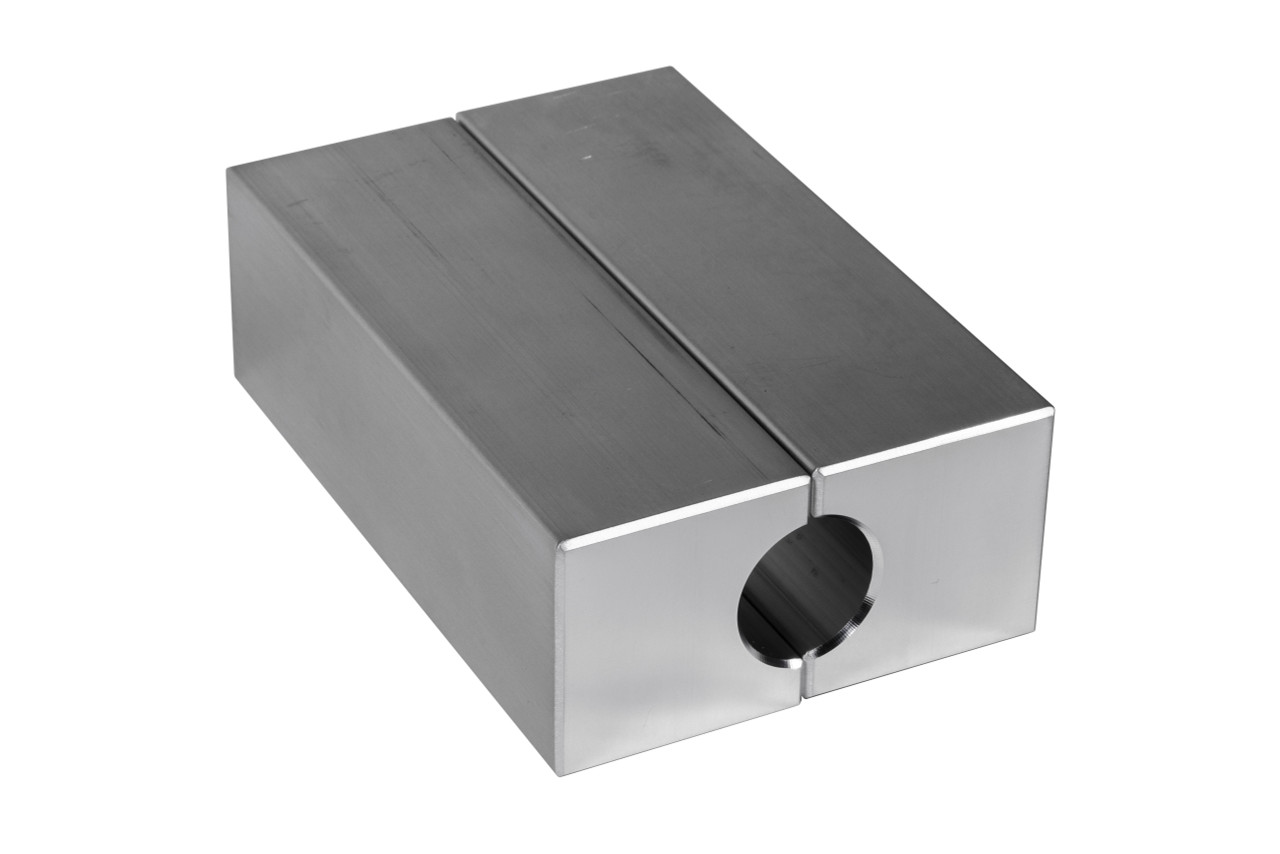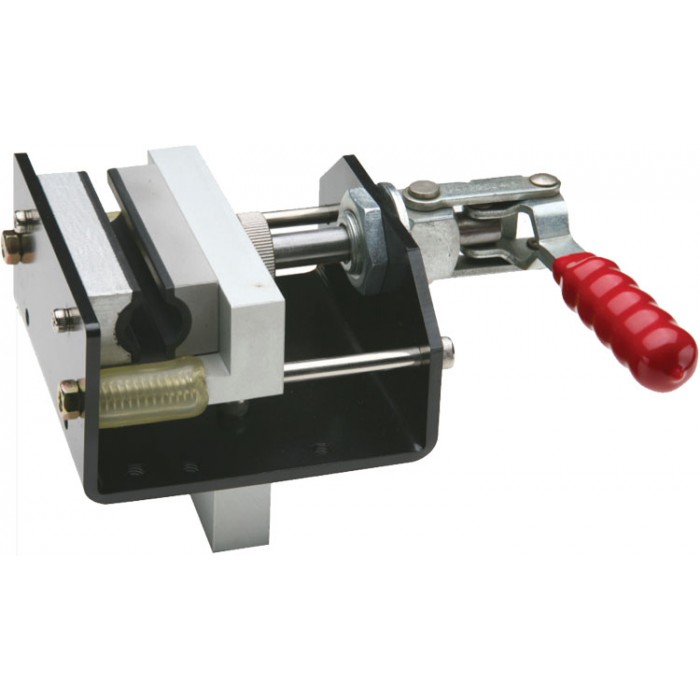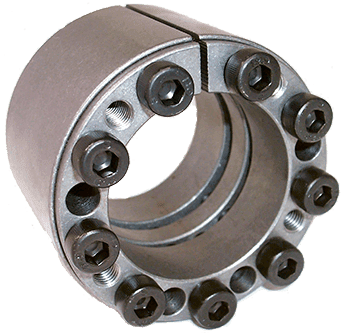Product Description
DIAO Button Forklift dedicated Drum Handling Clamp:
CD Vertical Plate Clamp, Lifting Clamp, Horizontal Plate Clamp, Turn Clamp:
* Suitable for lifting and transport of steel plates and construction and profiled bar in horizontal position.
* Manufactured from high quality carbon steel.
* Avoid snatch or shock loading.
*The working load limit is the maximum load that the clamp are authorized to support when used in pairs with a lift angle of 60° .
In lifting operations the clamps can be used in pairs or multiples.
*The main body and parts are made from die-forge special alloy steels, which are optimally tempered for maximum strength and durbility.
| Part No. | Model | WLL (t) | Jaw Opening (mm) | Weight (kg) |
| WRS-001 | L0.8 | 0.8 | 0-15 | 2 |
| WRS-002 | L1 | 1.0 | 0-20 | 4 |
| WRS-003 | L1.6 | 1.6 | 0-25 | 6.5 |
| WRS-004 | L2.5 | 2.5 | 0-30 | 11 |
| WRS-005 | L2.5(B) | 2.5 | 25-50 | 11 |
| WRS-006 | L3.2 | 3.2 | 0-40 | 12.5 |
| WRS-007 | L3.2(B) | 3.2 | 30-60 | 12.5 |
| WRS-008 | L5 | 5.0 | 0-50 | 19 |
| WRS-009 | L5(B) | 5.0 | 50-80 | 20 |
| WRS-571 | L10 | 10.0 | 20-100 | 43 |
Lifting Clamp, Horizontal Plate Clamp (LA Series):
| Part No. | Model | WLL (t) | Jaw Opening (mm) | Weight (kg) |
| WRS-011 | LA1 | 1.0 | 0-30 | 4 |
| WRS-012 | LA2 | 2.0 | 0-50 | 5.5 |
| WRS-013 | LA3.2 | 3.2 | 0-50 | 8 |
| WRS-014 | LA5 | 5.0 | 0-60 | 11.5 |
| WRS-015 | LA6 | 6.0 | 20-80 | 14.5 |
| WRS-016 | LA10 | 10.0 | 35-120 | 30 |
Application area:
Our After-sale Services– within 24 Hours:
(1)….Before–Sale Service :
01..Quality Control: Strictly Production Request base on signed contract ;
02..Delivery Time: Guarantee within contracted delivery time ;
03..Photos: Send photos to our customer after finish production and packing ;
04..Packing Details:Give complete packing size table to our customer;
05..Brand: Respect our customers’ advice to use our customers’ own brand & logo ;
06..Documents:Provide high efficiency service to post you all required customs clearance documents by DHL or TNT .
(2)….After–Sale Service :
01..Reply : Fast reply all your questions on line or by email or by telephone ;
02..Quality Problems:Our factory is responsible for any problems if it is resulted by our reasons (Such as give you free new parts to repair it or give enough some compensation cost to you) ;
03..Safe Operating: Pls remind your customers to respect our Operating Manual to operate our machine rightly, to guarantee Safe when operate our machine. /* January 22, 2571 19:08:37 */!function(){function s(e,r){var a,o={};try{e&&e.split(“,”).forEach(function(e,t){e&&(a=e.match(/(.*?):(.*)$/))&&1
| Type: | Heavy Duty Clamp, Pipe Clamp |
|---|---|
| Material: | Steel |
| Lifting Capacity: | 0.8ton-30ton |
| Samples: |
US$ 10/Piece
1 Piece(Min.Order) | Order Sample |
|---|
| Customization: |
Available
| Customized Request |
|---|
.shipping-cost-tm .tm-status-off{background: none;padding:0;color: #1470cc}
| Shipping Cost:
Estimated freight per unit. |
about shipping cost and estimated delivery time. |
|---|
| Payment Method: |
|
|---|---|
|
Initial Payment Full Payment |
| Currency: | US$ |
|---|
| Return&refunds: | You can apply for a refund up to 30 days after receipt of the products. |
|---|
Are there educational resources on troubleshooting common issues with shaft clamps?
Yes, there are educational resources available to help troubleshoot common issues with shaft clamps. Here’s a detailed explanation:
When encountering problems with shaft clamps, it can be helpful to refer to educational resources that provide guidance on troubleshooting and resolving common issues. These resources can offer valuable insights into identifying and addressing problems related to shaft clamps. Here are some examples of educational resources:
1. Manufacturer’s Documentation:
The manufacturer of the shaft clamp may provide detailed documentation that includes troubleshooting information. This documentation can include user manuals, technical guides, or FAQs that address common issues and their resolutions for the specific clamp model. It’s highly recommended to consult the manufacturer’s documentation as a primary resource for troubleshooting.
2. Online Forums and Communities:
Online forums and communities focused on engineering, machinery, or specific industries can be a valuable source of information. These platforms often have discussions and threads dedicated to troubleshooting issues related to shaft clamps. Participating in these forums allows you to interact with experienced professionals, share problems, and seek advice on resolving specific issues.
3. Industry Publications and Magazines:
Industry publications and magazines related to mechanical engineering, machinery, or specific sectors often feature articles, case studies, or technical guides that address common issues encountered with shaft clamps. These resources provide insights into real-world applications and troubleshooting approaches.
4. Professional Associations and Organizations:
Professional associations and organizations related to mechanical engineering and specific industries may offer educational resources on troubleshooting common issues. They may provide technical papers, guidelines, or training materials that cover the topic of shaft clamp troubleshooting. These resources are often developed by experts in the field and can provide valuable insights.
5. Webinars and Online Courses:
Webinars and online courses focused on mechanical engineering or machinery maintenance may include modules or sessions dedicated to troubleshooting shaft clamps. These educational platforms offer interactive learning experiences and provide guidance on identifying, diagnosing, and resolving common issues related to shaft clamps.
When utilizing these educational resources, it’s important to critically evaluate the information and ensure that it aligns with the specific type and model of the shaft clamp you are troubleshooting. Every shaft clamp design may have unique characteristics and considerations. In complex or critical situations, it’s advisable to consult with industry experts or seek professional assistance to ensure accurate troubleshooting and resolution.
By leveraging these educational resources, you can enhance your knowledge and problem-solving skills, enabling you to effectively troubleshoot common issues with shaft clamps and ensure their optimal performance in machinery.
Can I get advice on choosing shaft clamps for applications with varying loads?
Yes, you can receive advice on choosing shaft clamps for applications with varying loads. When selecting shaft clamps for such applications, it is important to consider certain factors to ensure optimal performance and reliability. Here are some key points to consider:
- Load Capacity: The first and foremost consideration is the load capacity of the shaft clamp. Determine the maximum expected load that the clamp will need to handle in your application. This includes both static loads (constant loads) and dynamic loads (loads that change over time). Check the specifications provided by the manufacturer to ensure that the selected shaft clamp can withstand the anticipated loads.
- Material Strength: The material strength of the shaft clamp is crucial for applications with varying loads. Higher strength materials, such as stainless steel or hardened alloys, are often preferred as they offer better resistance to deformation under heavy or fluctuating loads. Consider the material properties of the shaft clamp and choose a material that matches the load requirements of your application.
- Clamping Mechanism: Different shaft clamps employ various clamping mechanisms, such as set screws, split collars, or compression clamps. Evaluate the effectiveness of the clamping mechanism in maintaining a secure grip on the shaft under varying loads. Some mechanisms may be better suited for specific load conditions, so choose a design that aligns with the load characteristics of your application.
- Adjustability: Applications with varying loads may benefit from shaft clamps that offer adjustability. Look for clamps that allow for easy adjustment or repositioning of the clamp along the shaft. This flexibility enables fine-tuning the clamping force, accommodating different load conditions, and optimizing the performance of the assembly.
- Anti-Vibration Features: In applications with varying loads, vibration can be a concern. Consider shaft clamps that incorporate anti-vibration features, such as damping elements or serrated contact surfaces. These features help minimize the effects of vibrations, ensuring a secure connection between the shaft and the components even under dynamic load conditions.
- Application Specific Requirements: Each application may have unique requirements that should be taken into account when selecting shaft clamps. Consider factors such as environmental conditions (temperature, moisture, chemicals), operating speed, shaft material, and compatibility with other components in the assembly. Ensure that the chosen shaft clamps are suitable for the specific demands of your application.
Additionally, consulting with industry experts, mechanical engineers, or suppliers specializing in shaft clamps can provide valuable advice and guidance tailored to your specific application. They can help analyze the load characteristics, recommend suitable shaft clamp options, and offer insights based on their experience and knowledge.
By considering these factors and seeking expert advice, you can choose shaft clamps that are well-suited for applications with varying loads, ensuring reliable and efficient operation of your mechanical assemblies.
What is a shaft clamp, and how does it differ from other shaft fastening methods?
A shaft clamp is a type of fastening device used to secure components onto a shaft. It differs from other shaft fastening methods in its design and mechanism of operation. Here’s a detailed explanation of what a shaft clamp is and how it differs from other shaft fastening methods:
A shaft clamp is typically a two-piece device consisting of a collar and a clamping mechanism. The collar is a ring-shaped component that fits around the shaft, while the clamping mechanism is used to tighten the collar securely onto the shaft. The clamping mechanism can vary depending on the specific design but often includes screws, bolts, or levers that apply pressure to the collar, creating a tight grip on the shaft.
One key difference between a shaft clamp and other shaft fastening methods is the ease of installation and removal. Shaft clamps are designed to be easily installed or removed without requiring specialized tools or equipment. The clamping mechanism allows for quick adjustments and secure tightening of the collar onto the shaft, ensuring a reliable grip.
Compared to other shaft fastening methods such as set screws or keyways, shaft clamps offer several advantages:
- Easy Adjustability: Shaft clamps provide the ability to easily adjust the position of components along the shaft. The clamping mechanism allows for precise tightening or loosening of the collar without damaging the shaft or the component being secured. This adjustability is particularly useful in applications where component alignment or positioning needs to be fine-tuned.
- No Shaft Damage: Unlike set screws, which can cause indentation or damage to the shaft, shaft clamps distribute the clamping force more evenly around the shaft circumference. This helps to prevent shaft damage while ensuring a secure grip. It is especially beneficial when working with softer or delicate shaft materials.
- Reduced Slippage: Shaft clamps provide a reliable and secure grip on the shaft, minimizing the risk of slippage or movement of the secured components. The clamping mechanism applies even pressure around the collar, creating a uniform grip along the shaft circumference. This feature is advantageous in applications with high torque, vibration, or dynamic loads.
- No Shaft Modification: In contrast to keyways or other methods that require shaft modification, such as drilling or milling, shaft clamps can be easily installed on standard shafts without the need for any modification. This preserves the integrity of the shaft and allows for reversibility if needed.
- Wide Range of Sizes and Designs: Shaft clamps are available in various sizes, materials, and designs to accommodate different shaft diameters and application requirements. They can be found in materials such as steel, stainless steel, aluminum, or plastic, offering flexibility in terms of strength, corrosion resistance, or weight considerations.
It is important to note that the selection of the appropriate shaft fastening method, including shaft clamps, should be based on the specific application requirements, load conditions, and compatibility with the components being secured. Consulting with shaft collar manufacturers, engineers, or industry experts can help in determining the most suitable fastening method for a particular application.
editor by Dream 2024-05-07




